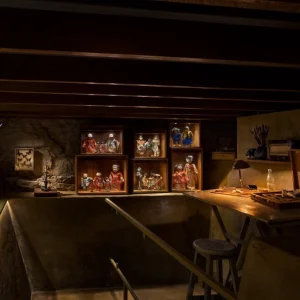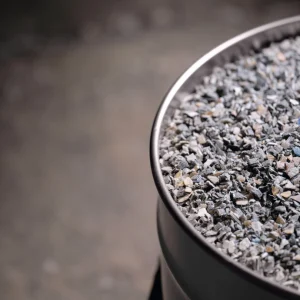Basically a giant spherical greenhouse, the Plantagon design presented at the Globe Forum investor conference in Stockholm last year, is more squarely oriented towards food production. In the vertical greenhouse, it will be possible to grow local and eco-friendly crops on the spiral runway on the inside that runs all the way to the top of the sphere.
The spiral ramp is intended to optimize growing conditions by controlling the angle at which the sun penetrates during summer and winter months through the glass exterior.
Explaining the self sustainable goals of the concept, the company says, The greenhouse aims to dramatically change the way organic and functional food is produced. It will allow cultivators to grow crops and plants ecologically with clean air and water inside an urban environment, cutting costs and environmental damage by eliminating transportation and deliver directly to consumers. The company adds, “This is due to the efficiency and productivity of the Plantagon greenhouse, which makes it economically possible to finance each greenhouse from its own sales.”
The concept behind Plantagon’s vertical greenhouse was created by the Swedish innovator and eco-farming expert Åke Olsson, and has been further developed by the consulting company Swecorp Citizenship AB together with North American Indians of the Onondaga Nation.
Hans Hassle, founder and CEO of Plantagon, argues that 80% of people on earth will live in urban centers by 2050, but plans for development of this greenhouse are far more advanced than this might suggest. The company believes that if everything goes smoothly, it could have such a structure up and running in major cities within three years.
The consulting engineering company Sweco has worked on the structural design of the greenhouse and planning of the production system. Sweco is an international consulting group with combined expertise in engineering, environmental technology and architecture.





